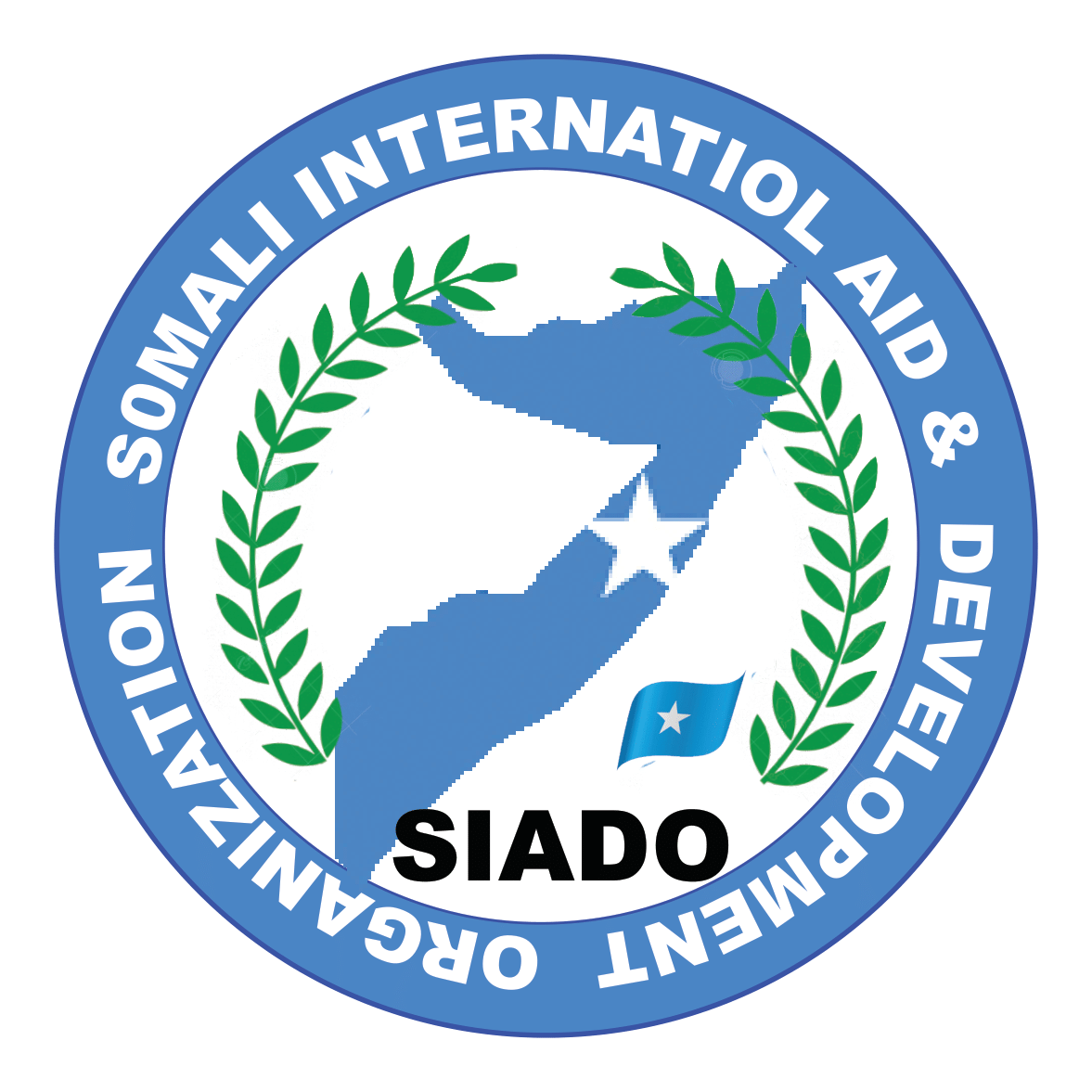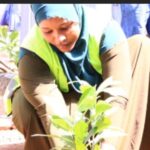Overview: Climate Change and Environmental Impact in Somalia
Somalia is one of those countries in the Horn of Africa that are highly vulnerable to the effects of climate change. The environmental conditions within the nation have undergone a radical transformation, driven by both global climatic fluctuations and regional changes, increasing the potential risks to the already fragile ecosystem, agriculture, available water resources, and livelihood conditions of its people.
1. Climate Variability and Extreme Weather Events
The environment of Somalia is characterized by a hot and dry climate with seasonal rainfalls that have become increasingly unpredicted over time. Traditionally, the country depended on two rainy seasons-the Gu from April to June and Deyr from October to December-but in the last few decades, rainfall has become erratic. Such variability results in protracted droughts and flooding that immensely affects agriculture, food security, and availability of water.
Droughts: The country has faced numerous devastating droughts in the last two decades that have led to widespread crop failures and the death of livestock, which further displace people from their homes. These droughts also exacerbate food insecurity due to the fact that it compromises rural livelihoods depending on agriculture and pastoralism into impossible situations.
Flooding: On the other hand, when rainfalls do occur, they usually take the form of intensive, short bursts that occasion flooding. Flooding can destroy crops, destroy infrastructure, and result in disruptions to communities, especially within riverine communities such as those found along the Shabelle and Juba Rivers.
2. Environmental Degradation
One of the major destructive environmental factors occurring in Somalia, along with human activities, is climate change. Due to deforestation, overgrazing, and poor farming methods, erosion has resulted in a very rapid increase, loss of biodiversity, and desertification in many areas.
Deforestation: Trees have been cleared for fuel-wood, charcoal, and agriculture; hence, there is a loss of important ecosystems. Forests and woodlands play a vital role in climate regulation and biodiversity maintenance, and their destruction is taking place at an alarming rate. This not only contributes to climate change but diminishes the land’s ability to retain moisture, exacerbating the impacts of droughts.
Desertification: Much of Somalia is already desert or semi-desert, and climate change is accelerating the pace of desertification. Indeed, areas that used to be highly fertile are getting increasingly arid, thus reducing that land’s ability to sustain farming and livestock, both of which are the backbone of the Somali economy.
3. Impact on Agriculture and Food Security
Agriculture in Somalia is very vulnerable to climatic changes owing to the fact that it depends on rain and periodic precipitation. Uncertain rainfall and fluctuating temperature result in crop failures, reduced pastureland for livestock, and a general decline in agricultural productivity.
Food Insecurity: These changes, coupled with continued conflict, have finally placed Somalia as one of the most vulnerable countries in terms of food insecurity. The FAO has time and again warned that the country is at a high risk of acute food crises, which recent climate extremes have further worsened. Malnutrition and hunger have thus become chronic, with millions of Somalis in need of humanitarian assistance each year.
4. Water Scarcity
Water resources are so limited in Somalia, and the dependence of the country on underground aquifers and seasonal rainfall for any sources of fresh water just makes it highly vulnerable to climate change. Large stretches of arid periods, low rainfall, and drying up of rivers and reservoirs contribute to a severe water crisis throughout rural and urban areas of the country.
Impact on Livelihood: Apart from drinking water supplies, shortage of water severely affects agriculture, hygiene, and sanitation. As a result of unabated drought conditions, people must travel miles away from their homelands in search of water, which has led to the emergence of conflicts over limited sources of water and further displacement of the already vulnerable communities.
5. Biodiversity Loss
Somalia has a diverse and abundant biodiversity, with flora and fauna unique to the different ecosystems. Climate change and habitat destruction, on the other hand, make it vulnerable. Particular hotspots of biodiversity include coastal ecosystems like mangroves, coral reefs, and wetlands, all susceptible to rise in sea levels and temperatures, thus sharing the impact with marine life and fisheries in local settings.
6. Displacement and Migration
Climate change in Somalia occurs within an environment that is a main determinant of displacement. The protracted droughts and flooding, which have led to losses of agricultural productivity, have been forcing the movement of thousands of people from their home areas in search of water and food, and in pursuit of more favorable conditions. Internally Displaced Persons form a big proportion of the population in Somalia, and occurrences of climate-induced displacement are likely to continue to increase during the coming decades.
7. Socioeconomic Impacts and Vulnerabilities
Agriculture, pastoralism, and the remittances of the Somali diaspora are key building blocks for the economy of Somalia. Climate change disrupts these sectors, hence economic instability is a usual feature. Environmental changes have adverse effects on vulnerable segments, especially women, children, and pastoralists. Women are most vulnerable to this change because of their struggle for water and firewood gathering and their seriously constrained access to means that could enable them to adapt to the process of change.
Conclusion
Climate change has various faces, from its impacts on agriculture to water availability, driving environmental degradation through to socio-economic instability. For such to be addressed within the country, there is a great need for integrated adaptation strategies that encompass proper water management, restoration of ecosystems, climate-resilient agriculture, and better preparedness for disasters. This means it requires a collective effort by the international community in collaboration with local governments and organizations to help build up resilience to climate change within Somalia, enabling it to achieve its goals of a sustainable future for both its citizens and environment.



